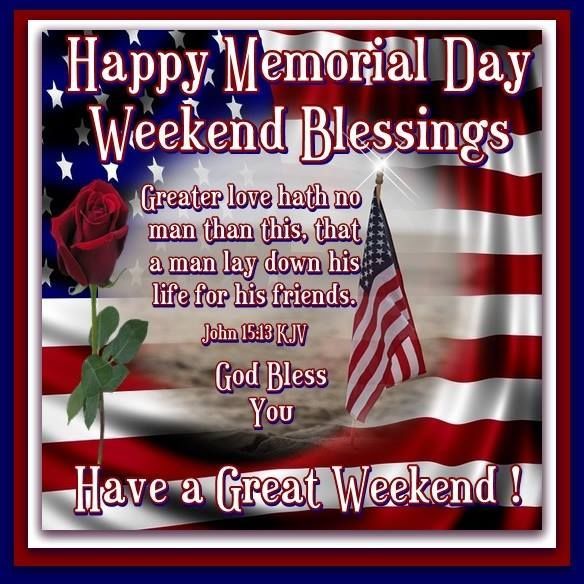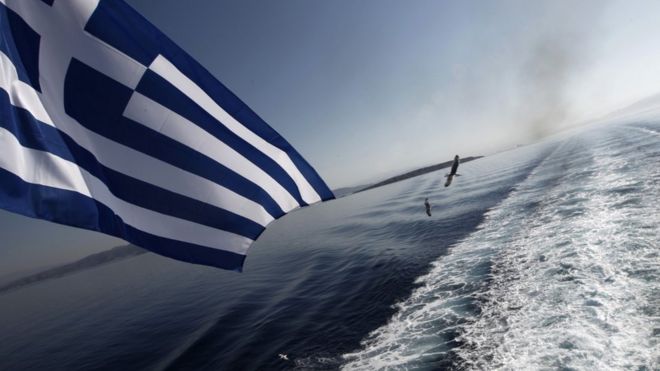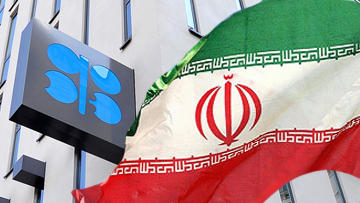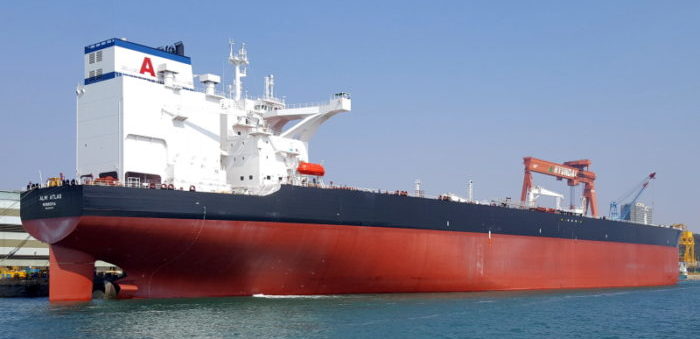Nigeria President Muhammadu Buhari
https://www.bbc.com/news/world-africa-48435964
By Nasidi Adamu Yahaya
BBC Africa, Lagos
Even one of the president's relations - a traditional ruler in Daura
in northern Nigeria - is currently being held after he was seized from
outside his house earlier this month by gunmen.
In March, a
well-known Muslim cleric in Kano, who campaigned for Mr Buhari ahead of
his re-election, was held for 12 days by kidnappers demanding $833,000
(£657,000) for his release.
Gangs
nationwide kidnap both rich and poor people, often collecting ransoms
of up to $150,000 - and sometimes killing abductees whose families fail
to pay.
Before a World Cup match last year, Nigeria and Middlesbrough
footballer John Mikel Obi was told that his father had been abducted for
a second time, and threatened with death.
"I thought that after
the match I would probably find out they had decided to shoot him," he
said. He reportedly paid $28,000 for his father's release.
A major highway out of Abuja, linking the capital to the city of
Kaduna, has become so notorious for kidnapping that many travellers are
opting to board trains instead, even though the service to Kaduna is
limited and racketeers are selling tickets to commuters at inflated
prices.
A top ruling party politician and his daughter were
abducted on the highway in April, and their driver was shot dead at the
scene. Relatives told the BBC that a ransom was paid to free them.
'Fear of farming'
What
started as a money-making scheme about 15 years ago in the southern
Niger Delta with the kidnapping of oil workers has mushroomed across the
country. Syndicates have also been taking a leaf out of Boko Haram's
books by using the tactics of the Islamist militants to raid whole
communities on motorcycles, making off with their leaders.
When Mr Buhari took his oath of office in 2015, he promised to tackle
the Boko Haram insurgency which has blighted the lives of hundreds of
thousands of people in the north-east over the last decade.
Now
the high levels of insecurity elsewhere, especially in the
north-western states of Zamfara, Kaduna and Katsina, has left many
feeling terrorised.
The governor of Katsina, Mr Buhari's home
state, told the BBC that he feared there would be a serious food crisis
later this year because the fear of kidnapping was keeping so many
farmers from their fields.
Insecurity: The surge of kidnappings and killings by
bandits, especially in the north-west, coupled with the resurgence of a
Boko Haram faction affiliated to the Islamic State group are his
greatest headaches.
Economy: Dependent on oil for
70% of government revenues, fluctuating prices leave the country
vulnerable. The World Bank has predicted sluggish growth this year at
2.2% - bad news with unemployment at more than 20% and nearly half the
population living in extreme poverty.
Corruption: The
president made some efforts in his first term to counter graft, which
has seen tens of billions of dollars drain out of the exchequer. But he
has been widely criticised for not taking action against some of his
associates.
Infrastructure: Despite the billions
of dollars being pumped into numerous building projects, the Securities
and Exchange Commission has estimated that Nigeria's infrastructure
deficit will hit $878bn by 2040, making it hard for businesses to
prosper.
Last month, the Senate said more than 4,000 Nigerians and foreigners
were currently being held by kidnappers. However, some MPs conceded that
the figure was an estimate and the real tally was possibly higher.
Police
chief Mohammed Adamu said that between January and April this year, at
least 685 people were kidnapped across the country, 365 of them in the
north-west.
Operation Puff Adder
Meanwhile,
the police spokesman, Frank Mba, told the BBC that officers were being
monitored after allegations that security personnel had been involved in
the lucrative kidnapping trade - though he said there was no credible
information to back up such accusations.
He said the spate of kidnappings had reduced thanks to Operation Puff
Adder, a recent initiative to target the ringleaders. He added that 93
suspected kidnappers had been arrested in the last two weeks.
A
joke President Buhari made in response to a question about the
kidnappings also misfired on social media. He said about the police
chief: "I think he is losing weight; so, I think he is working very
hard."
"It's like we're a joke to this president," one tweeter responded.
Nnamdi
Obasi, a security analyst from the International Crisis Group think
tank, points the blame at multiple failures of governance.
"Massive
unemployment has created a growing army of unemployed youth, vulnerable
to recruitment in the criminal industry," he said, adding that rural
areas in the north were especially susceptible.
"Serious deficits
in the security and rule of law sectors have created a growing culture
of impunity, which is increasingly emboldening gangs and criminals.
"Continuing
corruption by politicians at all levels has had a corrosive effect on
the wider society, fostering a value system in which the end justifies
the means," he added.
Indeed the government says its attempts to deal with the crisis have
been stymied by some local rulers, who supply the bandits with
intelligence for a cut in the profits.
Many cattle-rustlers have moved into kidnapping as well, especially in Zamfara.
Last
week, a governor from one of the affected states told the BBC that
those caught kidnapping or stealing cattle would receive the death
sentence.
Mr Obasi feels more practical measures are needed, including the
sacking of security chiefs and more training: "The government should
improve police capacity to prevent, detect and investigate kidnappings.
"Secondly,
courts should fast-track judicial arrangements for prosecuting... the
thousands of suspected kidnappers awaiting trial over the years, and
publicise convictions."
But in the longer term, improving the economy and tackling corruption were key, he said.
After
his kidnapping ordeal, Mr Sulaiman agreed that offering kidnappers a
better alternative was the only way to end the crisis: "The government
should negotiate with their leaders and provide them with what they said
they were lacking, in terms of farming and cattle rearing."







 The U.S. is now easily the world’s largest oil and gas producer,
yielding 20% more oil and 25% more gas than Russia. The U.S. could also
become the largest global seller of these essential fuels within five
years. Obviously, there’s a lot more than just three, but let me hit on
the triad of pillars.
The U.S. is now easily the world’s largest oil and gas producer,
yielding 20% more oil and 25% more gas than Russia. The U.S. could also
become the largest global seller of these essential fuels within five
years. Obviously, there’s a lot more than just three, but let me hit on
the triad of pillars.




